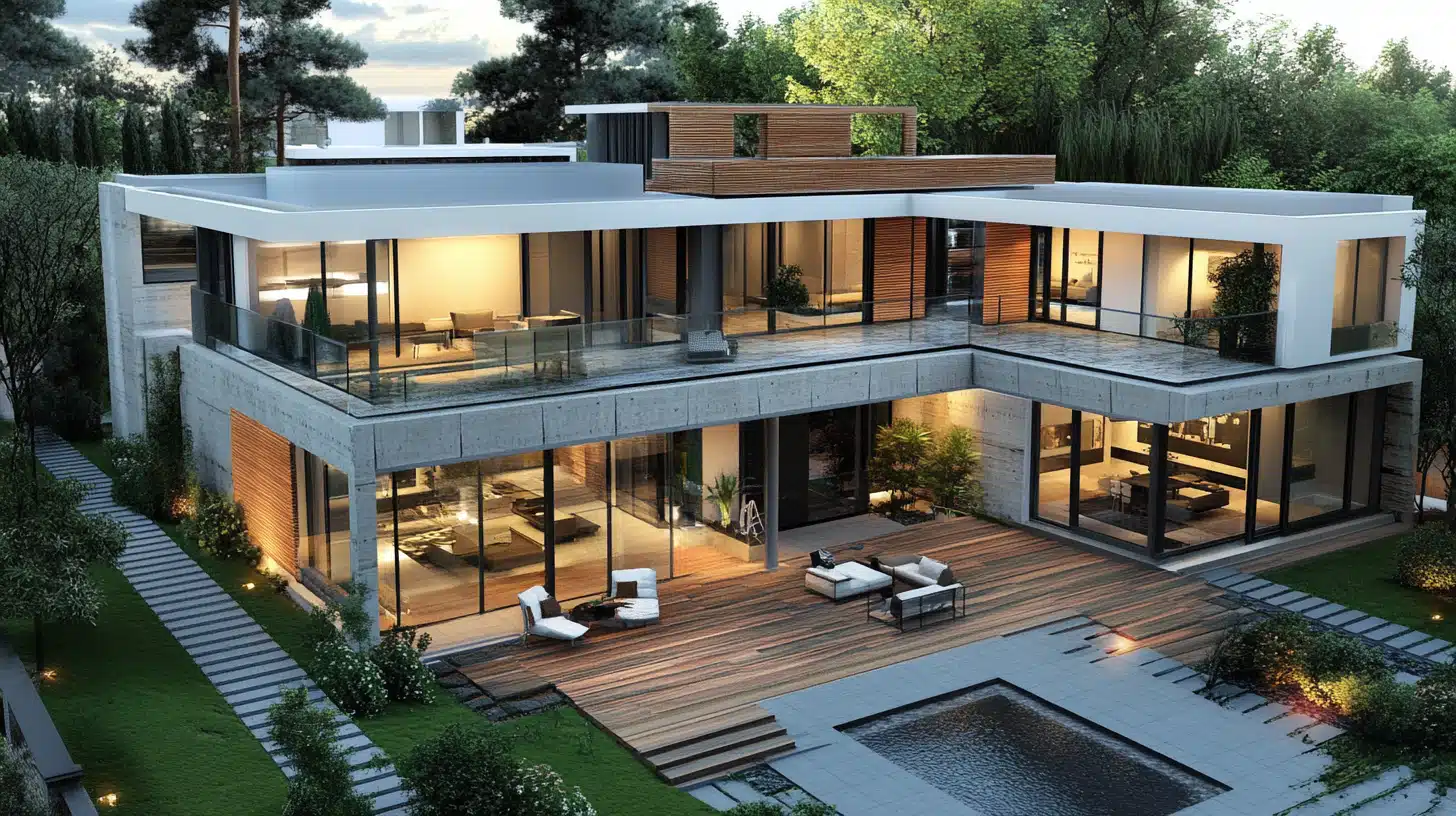The world of home design has undergone a remarkable transformation over the past decade. What was once a laborious process involving countless hours of manual drafting has now evolved into a streamlined digital experience. In the early days of computer-aided design, creating 3D house plans was a specialized skill that required extensive training and powerful hardware. These technological barriers limited 3D design capabilities to large architectural firms and professional designers with substantial resources.
Traditional 2D blueprints served as the industry standard for decades, with homeowners often struggling to visualize the final product from flat drawings. Even with the introduction of early 3D modeling software like SketchUp, there remained a significant learning curve that kept these tools primarily in professional hands. While SketchUp and similar platforms revolutionized the field by making 3D design more accessible, they still required considerable technical knowledge and time investment to master.
The New Generation of 3D House Plan Technology
Today, we’re witnessing the dawn of a new era in 3D home design technology. Advanced tools like Arcadium are reshaping the landscape by dramatically lowering the barriers to entry. These next-generation platforms are making high-quality 3D visualization not just possible but expected in the home design process.
Modern 3D design tools offer intuitive interfaces that simplify the creation process without sacrificing quality or detail. The technology has evolved to become more user-friendly while simultaneously delivering more realistic results. This democratization of 3D design means that both professionals and homeowners can now access powerful visualization tools that were once reserved for specialized experts.
Key Considerations for Selecting a 3D Design Tool
For interior designers and home builders looking to adopt or upgrade their 3D design capabilities, several factors should guide their decision-making process:
Ease of Use and Learning Curve
The most effective 3D design tools balance powerful capabilities with intuitive interfaces. Platforms like Arcadium focus on streamlining the design process, allowing professionals to create impressive 3D visualizations without extensive training periods. This accessibility enables designers to focus on creativity rather than wrestling with complex software mechanics.
Realistic Visualization Capabilities
Today’s clients expect photorealistic renderings that accurately represent the final product. Modern tools should offer advanced lighting, texturing, and material simulation to create lifelike visualizations. The ability to walk clients through virtual spaces in real-time has become increasingly important for client presentations and approval processes.
Collaboration Features
The design process rarely involves just one stakeholder. Effective 3D design tools should facilitate seamless collaboration between designers, clients, contractors, and other project participants. Cloud-based platforms that allow for real-time feedback and revisions can significantly improve workflow efficiency and client satisfaction.
Integration with Other Tools
Professional design workflows often involve multiple software platforms. The ability to import from and export to various file formats ensures compatibility with existing systems and prevents workflow disruptions. Integration capabilities with other industry-standard tools should be a key consideration in the selection process.
The Next Wave of 3D Design Innovation
Improvements in the average laptop GPU and high performance browsers are now driving the next wave of 3D modeling tools. Online tools are offering speed and simplicity without compromising on quality, allowing designers to create stunning visualizations in a fraction of the time required by conventional tools.
New entrants such as Arcadium focus on making professional-quality 3D design accessible to users of all technical skill levels. They feature intuitive drag-and-drop interfaces that significantly reduce the learning curve typically associated with 3D modeling software. This democratization of design capabilities enables professionals to deliver higher-quality visualizations to clients without requiring specialized technical staff.
Arcadium’s cloud-based architecture also addresses another common pain point in the industry: hardware limitations. By leveraging cloud computing, the platform allows users to create complex 3D renderings without investing in expensive workstations. This accessibility extends the reach of high-quality 3D design to smaller firms and independent designers who previously may have been priced out of the market.
The Future of 3D House Plans
Looking ahead, the evolution of 3D design technology shows no signs of slowing down. We can expect continued improvements in several key areas:
Virtual and Augmented Reality Integration
The next frontier in 3D house plans involves immersive experiences through VR and AR technologies. These advancements will allow clients to “walk through” their future homes before construction begins, experiencing spaces at a 1:1 scale and making more informed design decisions.
Artificial Intelligence Assistance
AI is beginning to play a significant role in design automation, with algorithms that can suggest optimal layouts, predict lighting conditions, and even generate design options based on client preferences and site constraints.
For anyone starting a home makeover, you can use tool like Home Design AI to instantly visualize how your ideas might look in your own space.This technology will continue to evolve, acting as a powerful assistant to human designers rather than replacing them.
Sustainability Analysis
As environmental considerations become increasingly important, 3D design tools are incorporating features that analyze energy efficiency, material usage, and environmental impact. This functionality helps designers create homes that not only look good but also perform efficiently and sustainably.
Conclusion
The transition from complex, specialized 3D design tools to accessible, intuitive platforms represents a fundamental shift in the home design industry. What was once a challenging technical process has become a streamlined creative experience accessible to professionals across the spectrum.
For interior designers and home builders, embracing these new technologies isn’t just about keeping pace with trends—it’s about enhancing client communication, improving design outcomes, and increasing business efficiency. As we look to the future, the continued evolution of 3D house plan technology promises to further transform how we design, visualize, and build our living spaces.








